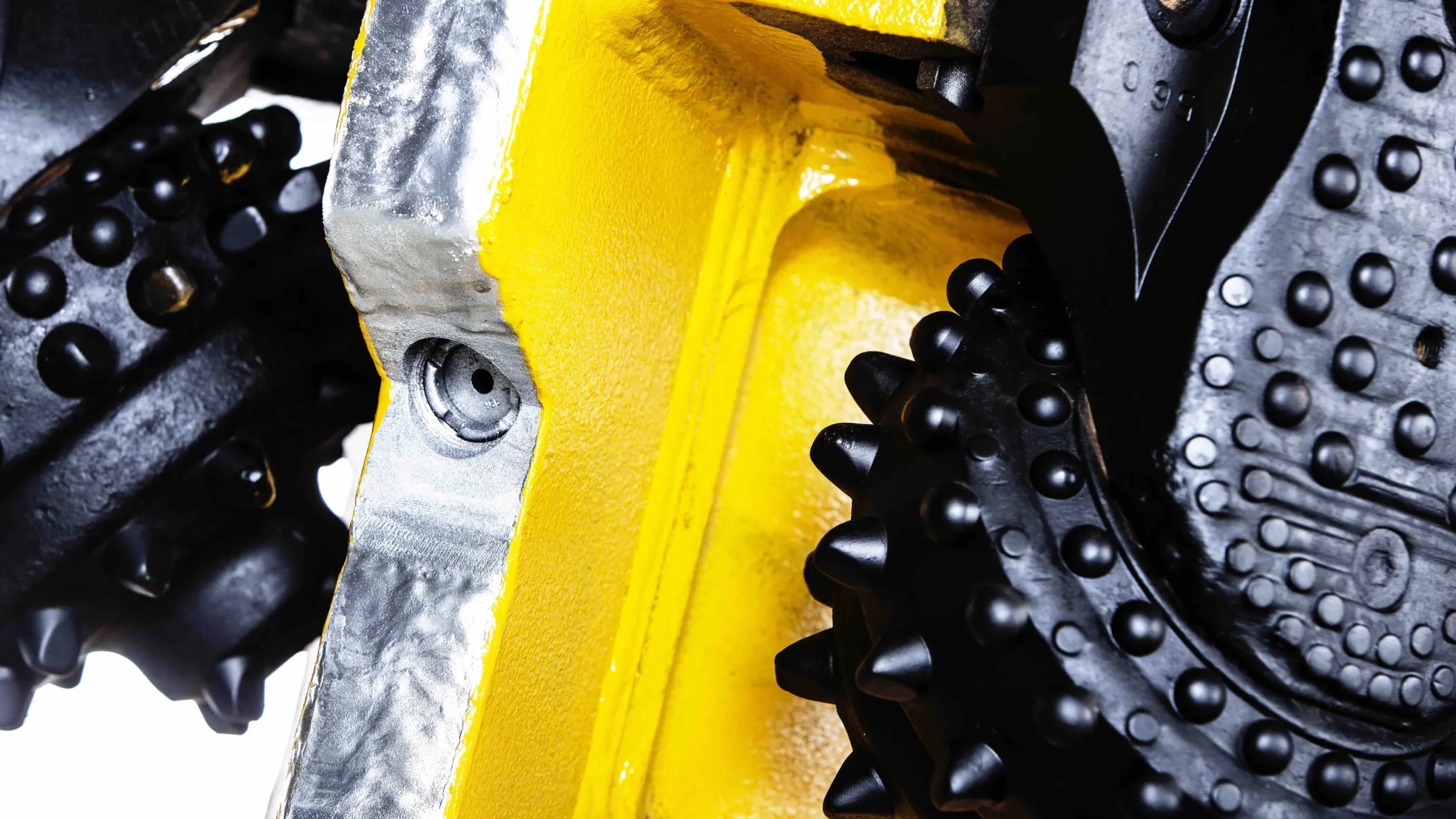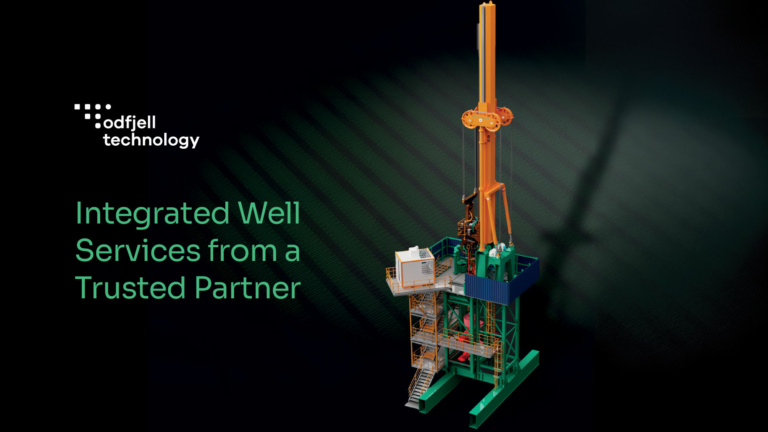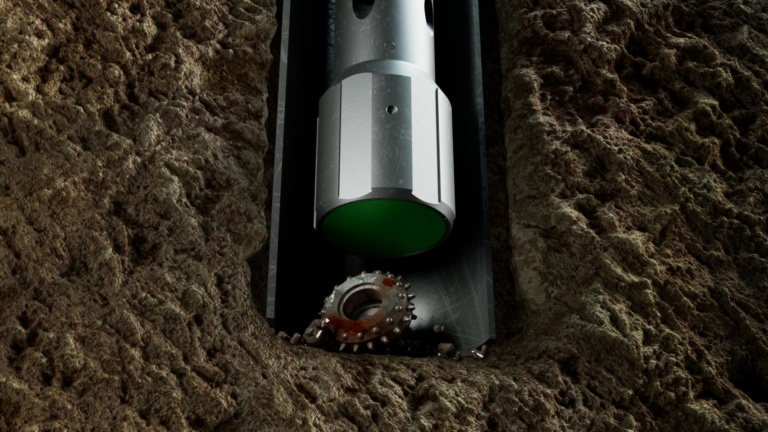Speciality tools: Do you know what to ask for?
I often get requests for different tools from the end users, but they are almost never aware of the tool condition on delivery. A little attention to such an important detail could prevent trouble later. And it could be decisive for choosing the right service supplier. The lowest price and cost is always attractive, but do you know the condition of the tool you are about to run in the hole?
Drilling a well is seldom as straightforward as at the beginning of this industry; the days when all you needed was a bit and a hammer. Now, different applications and operations demand speciality tools. You are most certainly aware of your needs, but do you know what to ask your tool supplier?

What it is: A speciality tool is a device that can be attached to, or run in, a drill string or casing string to execute a dedicated task. It is assembled from two or more components or sub-tools. (Examples: jar, accelerator, drill motor, hole opener, reamer, underreamer, whipstock, BOP test tool, bridge plug, circulating tool).

One of the Standards addressing how these types of tools should be treated to obtain maximum performance is vol 4 of the DS1. Going into details on this standard is not the scope of this article, but I have put together a quick overview of things to consider when requesting a speciality tool.
Read more: A brief overview of drilling equipment standards
In DS1, the Speciality tools and sub-tools are categorized into two types:
- Type A (rental): Designed for recursive use
- Type B (sale): Designed to be run once and remain permanently downhole.
So far, pretty straightforward – you need to decide the scope of the tool; rental or sale?
Going further, you might dig into each type and get more information about the tool design, manufacturing, maintenance and inspection.
Type A category includes the following classes:
A1:
A tool or sub-tool that has been completely disassembled, inspected, reassembled and function-tested since the last job. All the requirements of DS1 volume 4 is met.
A1/A2:
Spare or backup tools often returned unused from the field. If it was previously classified as A1, it might be shipped to the next job as class A1/A2, without full disassembling and inspection.
A3:
A tool or a sub-tool that has been used one or a few times on the previous job. It might be shipped for reuse without complete disassembly, inspection and reassembly. Furthermore, the vendor shall obtain customer approval before sending a class A3 tool.
A4:
The customer may want to impose specific requirements on some tools or vendors and not on other tools or vendors. To allow this flexibility, classes A4 and B2 are provided. When none of these classes are selected, none of the DS1 volume 4 requirements will apply.
Type B category includes the following classes:
B1:
The customer will accept a sale tool only if it passes the assembly and function tests according to the procedures of DS1 volume 4, chapters 5 and 6.
B2:
The customer will accept a sale tool as long as it meets the vendor’s regular assembly-, inspection- and testing standards.
This table will help you know your tool:
| Rental Tools | Sale Tools | |||||
| DS-1 Requirement imposed by the Customer | A1 | A1/A2 | A3 | A4 | B1 | B2 |
| Load rating | Yes | Yes | Yes | * | Yes | * |
| Complete disassembly after the last job | Yes | No1 | No | * | N/A | * |
| A tool returned unused. May be reshipped. | No | Yes | Yes | * | N/A | * |
| Inspection controls following chapter 4 | Yes | No2 | No | * | N/A | * |
| Assembly controls following chapter 5 | Yes | Yes 2,3 | No | * | Yes | * |
| Function test following chapter 6 | Yes | Yes | Yes | * | Yes | * |
| Customer approval of class A3 is required before shipping | – | – | Yes4 | * | – | * |
| Specific tool requirements following Chapter 7 | Yes | Yes 5 | Yes5 | * | – | * |
| *Tools shipped as class A4 or class B2 are not subject to any requirements of this standard 1Partially disassembly and reassembly on class A1/A2 tools is permitted only to the extent that is required to re/configure a tool for a different service application than the one for which it was originally sent but not used. 2Since a class A1/A2 tool was shipped as a class A1 tool on its last field job and was never used, the procedures that qualified the field tool for the previous job, are considered still applicable. 3The applicable assembly procedure controls are limited to those needed to assemble the tool after partial disassembly and re-configuration. 4If the customer specifies class A3 on its rental order, approval is presumed to have been obtained. 5If the tool belongs to one of the tool families listed in table 7.1, then the specific function testing requirements are applicable. | ||||||

So, that’s all, then? Absolutely not. But it’s a good basis for discussions with your suppliers.
I’ll leave you with a few other relevant questions to ask them:
What about the inspection methods?
What about the maintenance?
What about the assembly?
What about the testing?
What about the supervision on the field?
Topics: Drilling Equipment

By: Alexandru Pusca
Alexandru has been in the business for over 15 years and has been at Odfjell since 2011. He is Rental Supervisor for Odfjell Romania.



